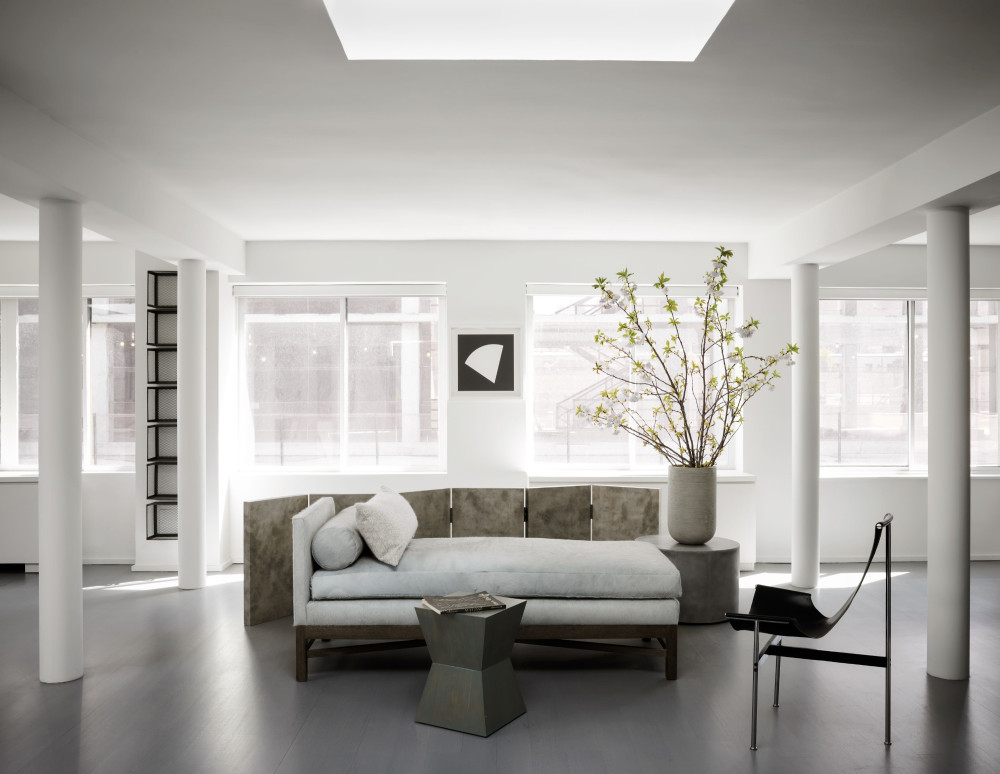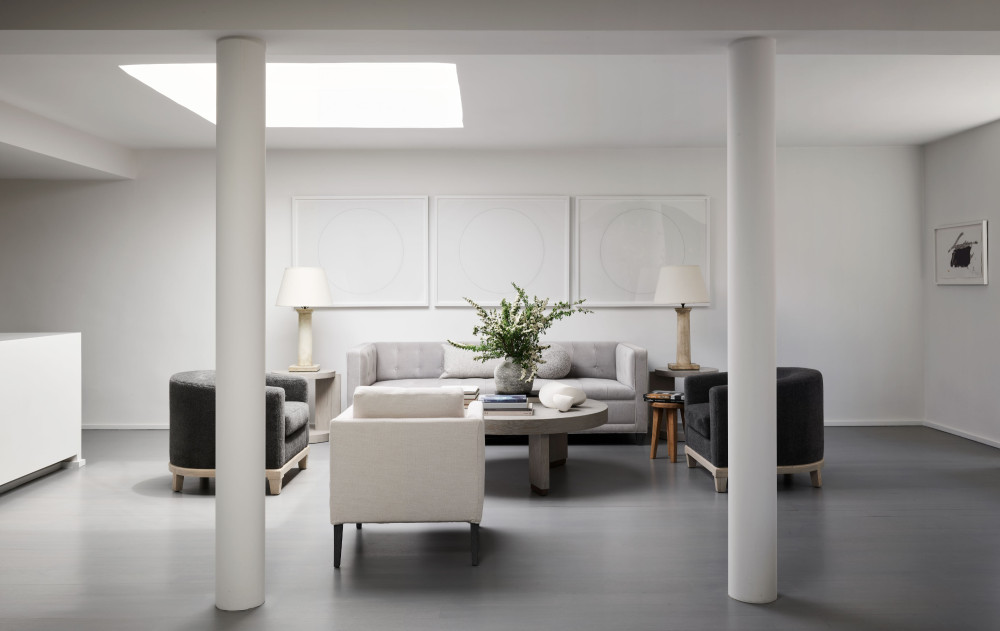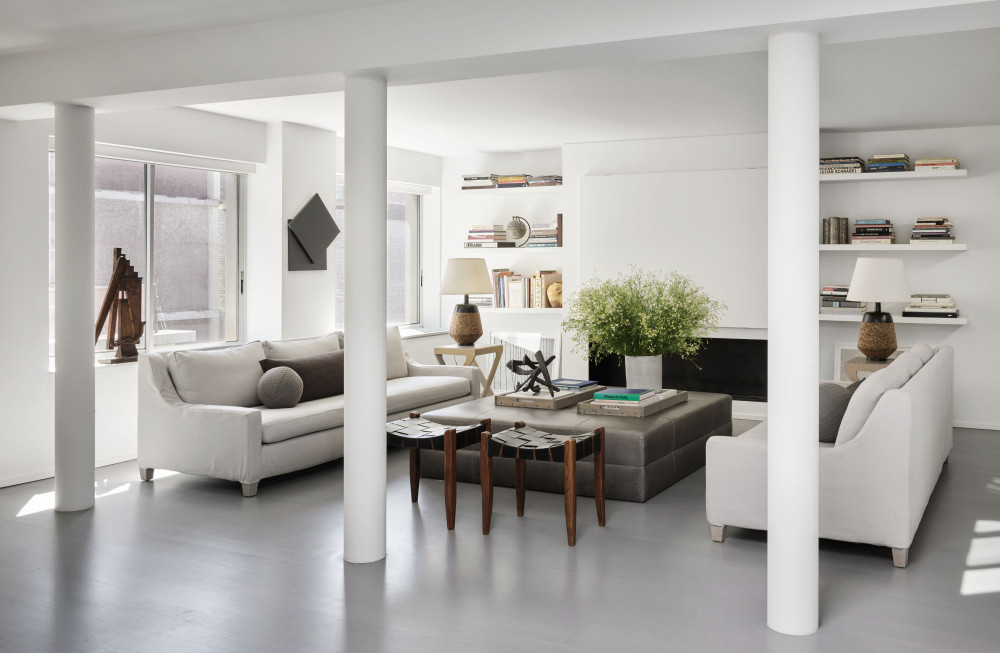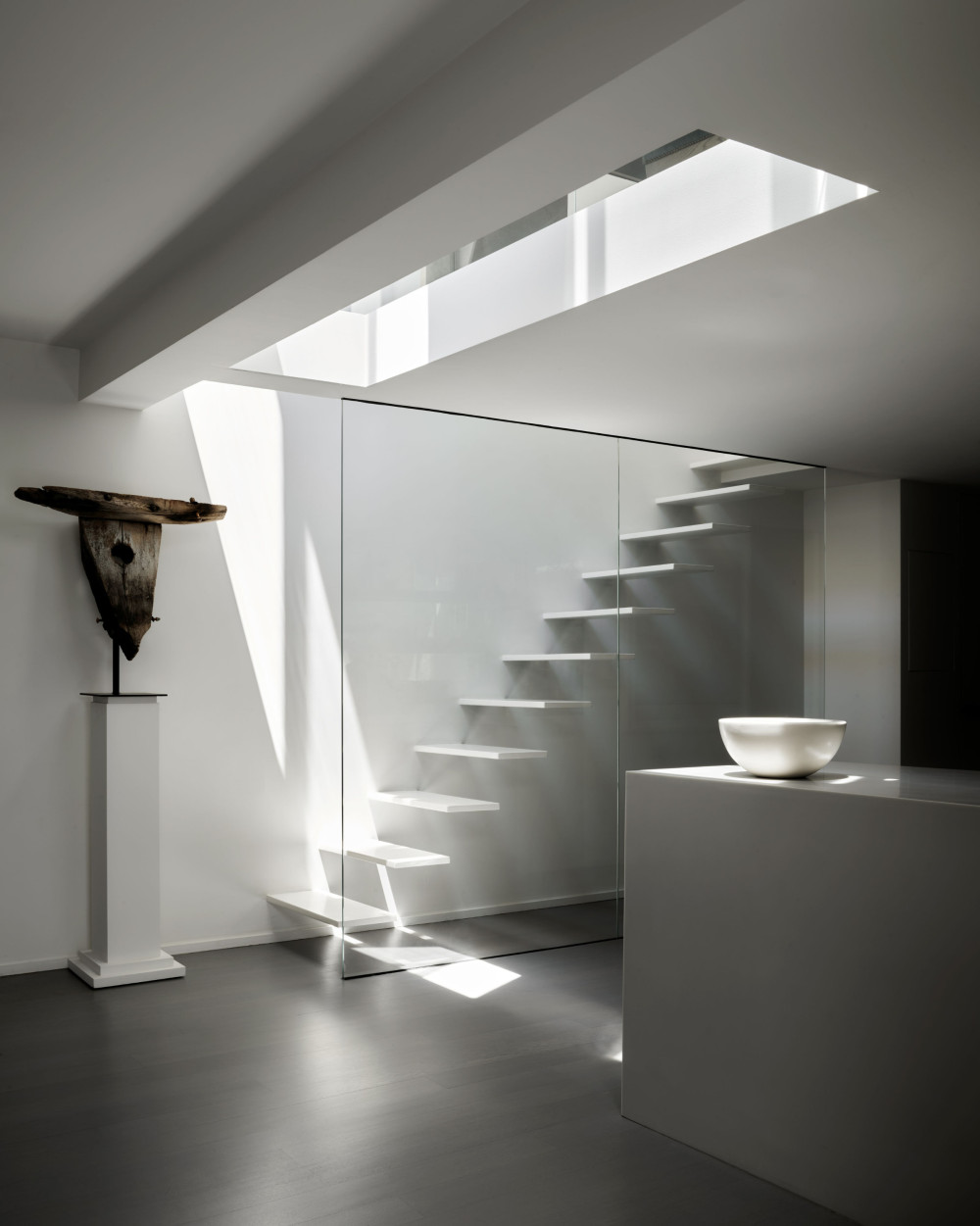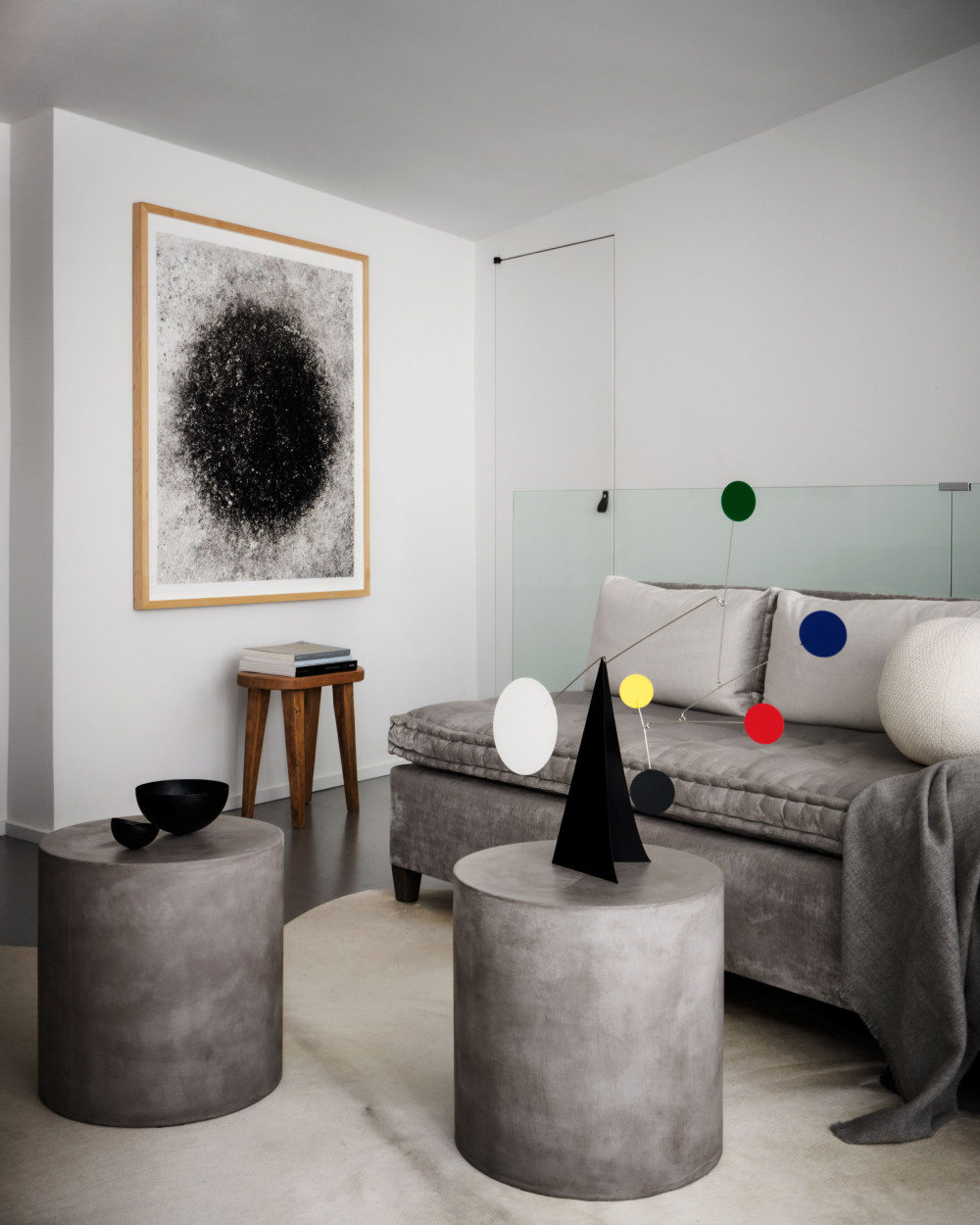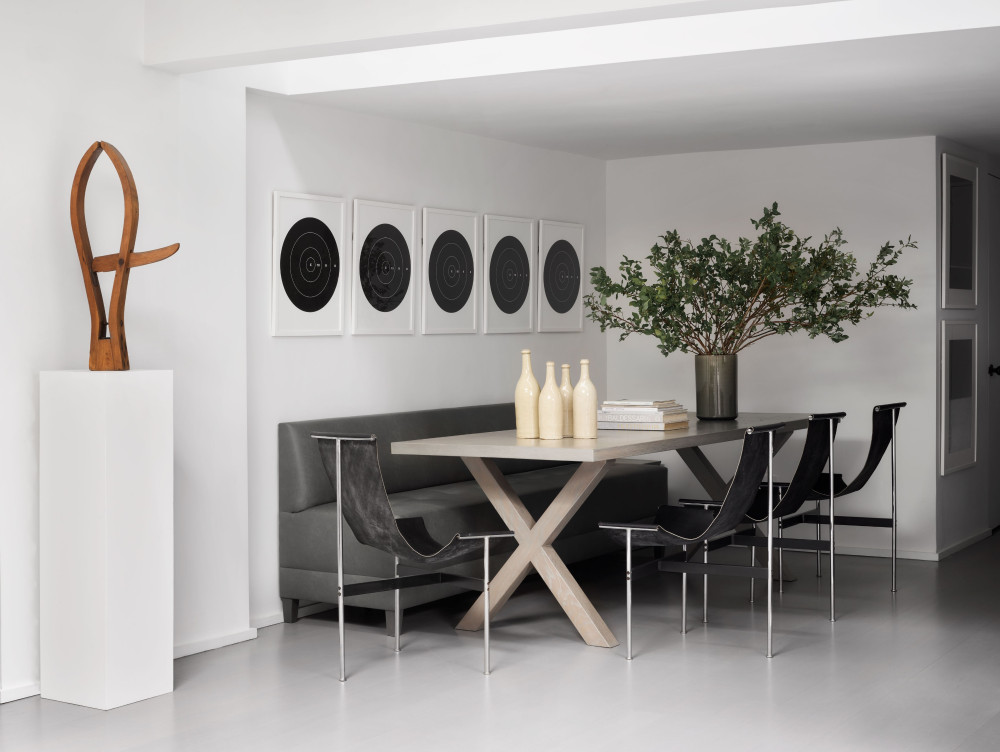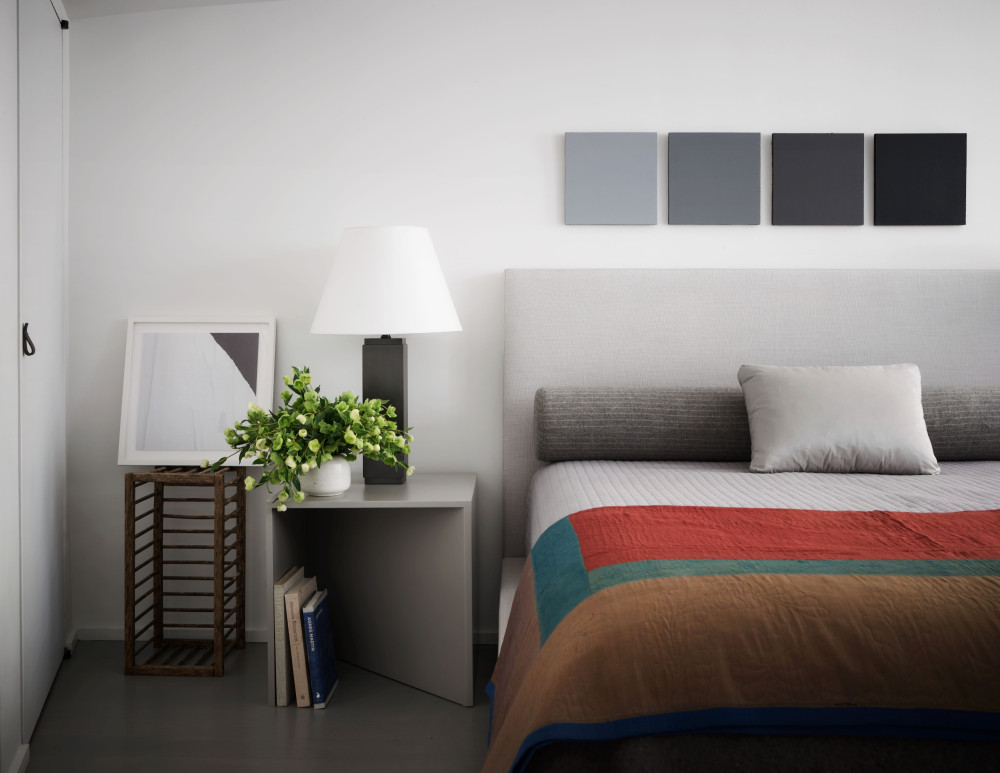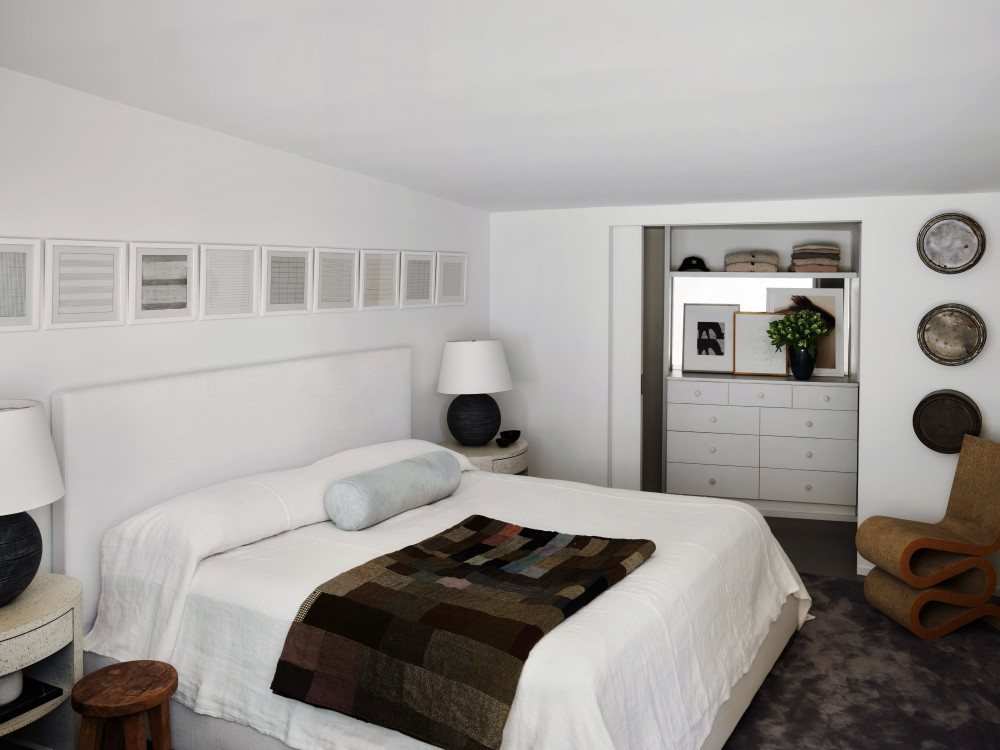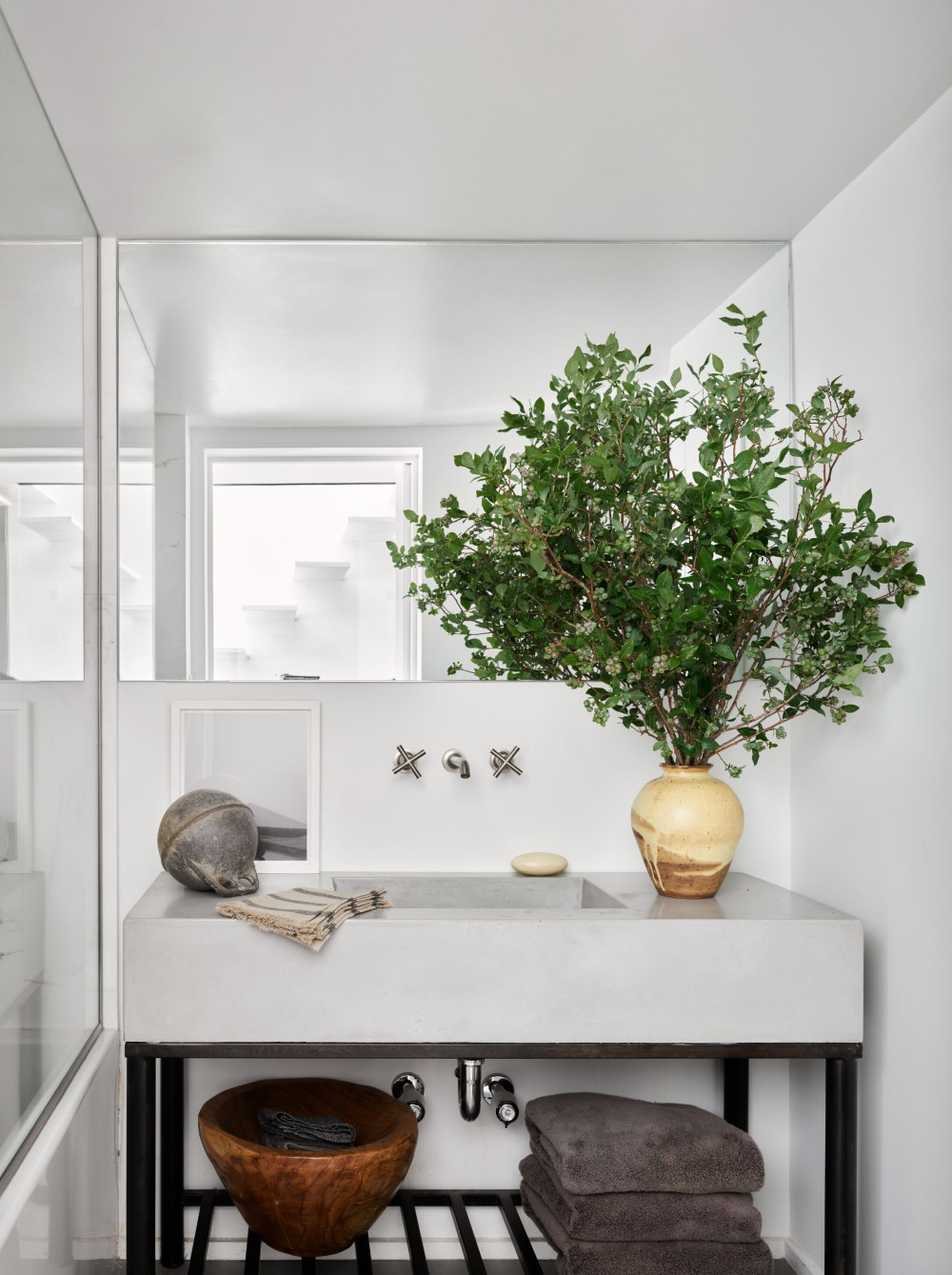宁静与优雅的纽约住宅 James Huniford 设计
“Serenity now!” may be a Seinfeld punch line, but the sentiment could not possibly be more apropos in the crazy, upside-down world of 2020. As too many pundits (and shelter writers) keep telling us, home—that place of peaceful respite and self-nurturing—is more important than ever. We get it. Fortunately for Jordan Shipenberg, the president and CEO of the artist management, production, and creative content agency Art Department, the months leading up to the pandemic lockdown were spent putting the finishing touches on a Greenwich Village apartment that is the very definition of tranquility and grace. Working hand in hand with designer James “Ford” Huniford and architect Marc Bailly, Shipenberg has crafted a sublime haven from the mean streets of New York City and the tumult of a planet rocked by COVID.
“I imagined something spartan, but still elegant and refined,” Shipenberg says of his vision for the lofty apartment, which was seamlessly sutured together from three adjacent duplex units, each with access to a rooftop terrace. “Ford and I talked about a soothing, monochrome palette and lean furniture arrangements that emphasize the sculptural qualities of the pieces on display,” he adds.
Huniford seconds the notion: “The luxury of this apartment is about the space. We didn’t feel like it needed to be littered with furniture. Jordan didn’t want to be distracted by lots of color and pattern, so we focused on beautiful fabrics—alpacas, mohairs, silk velvets—and textures that underscore the sensuality and tactility of the rooms,” the designer notes.
Shipenberg’s touchstones for the vibe he wanted to conjure included the influential attic residence of the late designer Ward Bennett in the Dakota apartment building on New York’s Upper West Side, which Shipenberg describes as “minimal but soulful.” Another source of inspiration was the work of Italian art director and production designer Ferdinando Scarfiotti, who lent his talents to such landmark films as The Conformist and American Gigolo.
The lower level of Shipenberg’s home is loosely divided into three distinct zones, all connected by a continuous floor of light gray wide-plank oak floors. The central area, set beneath a skylight, is outfitted sparingly with a pair of custom chaise longues bracketed by a low folding screen. “It’s a nice introduction to the apartment—very calm and meditative,” the homeowner explains. That central zone is flanked by two seating areas, one slightly more formal than the other, but both airy, uncluttered, and bathed in grays, silvers, whites, creams, and other neutral tones. The dining table is tucked discreetly off to the side against a banquette. Wood stools and accent pieces add notes of warmth to the eminently restrained compositions.
Two floating staircases positioned on either side of the apartment lead to the upper level, one to the primary bedroom suite and the other to the guest bedroom, both of which open directly to the ample rooftop terrace. “You can see the stairs from the bedrooms, which allows your eye to wander. It’s like the skylights on the lower floor. You always have a sense of the space beyond the space you’re sitting in, which feels liberating,” Huniford says.
The array of artworks in the apartment echoes the overall themes of purity of form and clarity of line. Shipenberg’s collection encompasses signature works by Ellsworth Kelly, Agnes Martin, Robert Motherwell, Adolph Gottlieb, Robert Mangold, and other mandarins of minimalism and abstract expressionism. In addition, there are many artworks executed by Shipenberg himself, including several derived from found objects that resonate with the home’s minimalist aesthetics. A vintage saddle vise from an antiques shop in Connecticut, for example, rests on a pedestal by the dining area. At the base of the stair to the guest suite, a found wood assemblage has the sculptural brio of a Picasso creation.
“I think this apartment is the perfect distillation of what Ford does best. Putting this place together was like composing an abstract painting. It’s all about balance and intuitive spatial relationships,” Shipenberg concludes.
One final question: Is it difficult maintaining all those immaculate planes and subtle, refined surfaces when you live with a large, furry Maine Coon cat and a cream-colored golden retriever? “Luckily, the fur sort of blends in with the fabrics and the overall palette,” Shipenberg answers. “Plus, Swiffer is an amazing invention.”
|
|

